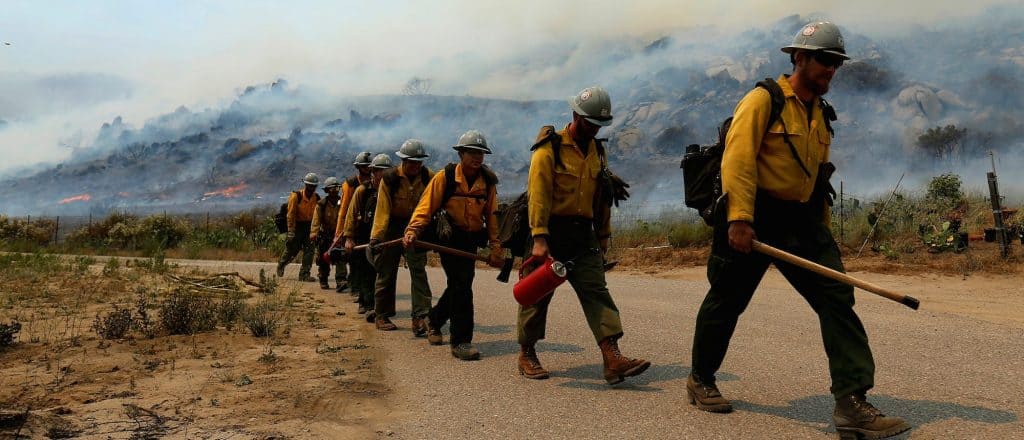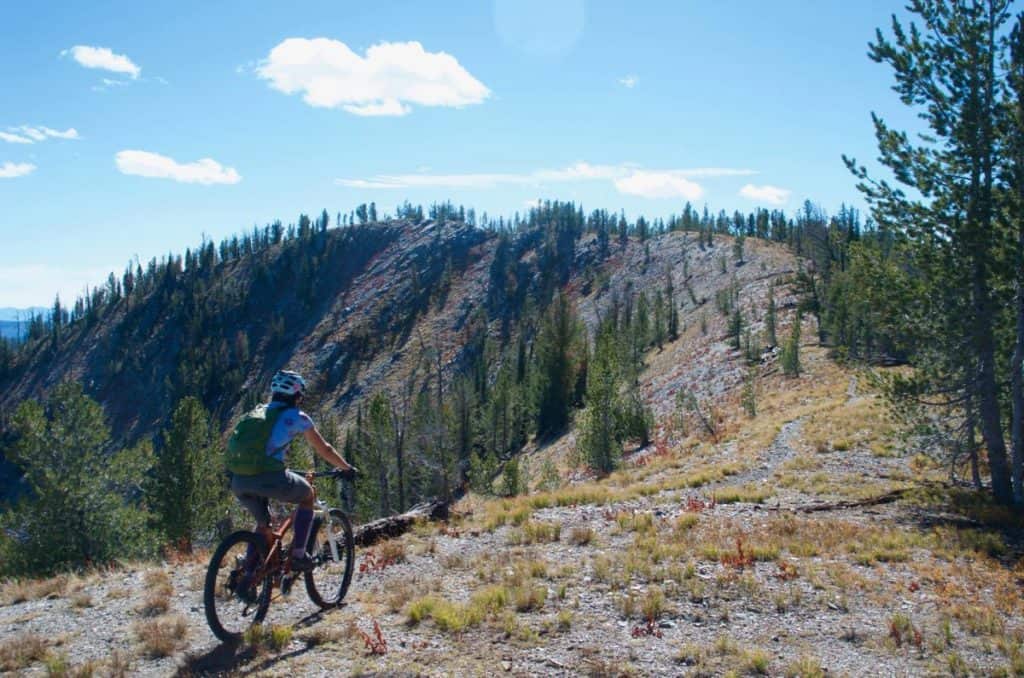This Wall Street Journal article ($) adds a knotty twist to recent greenhouse gas proposals in Washington State. The first article is disturbing, regardless of the aims of the parties involved. Two other recent articles show how forest management (though not USFS lands, I think, at least directly) comes into play….
Climate of Unaccountability
Are foundations running state energy policy without transparency?
“An environmental nonprofit, the World Resources Institute, actually hired Washington’s state government as a contractor last July.
“Under this remarkable arrangement, the state agreed to perform a “scope of work” for the nonprofit that includes “activities and deliverables” to advance a green agenda. The special-interest tail is officially wagging the democratic dog, given that the contract provides the job framework for Mr. Inslee’s senior policy adviser for climate and sustainability, Reed Schuler.
…
“In other words, he holds an influential policy position. And it’s funded through a grant from the World Resources Institute, which reimburses Washington for Mr. Schuler’s salary, benefits and expenses. Under its contract, Washington State sends progress reports alongside its $33,210 quarterly invoices to the nonprofit.
“Tara Lee, the Governor’s spokeswoman, says Mr. Schuler is “a Washington state employee with the same scope of work, review process and accountability as any other state employee. The only difference is the funding source.” She adds the World Resources Institute’s largesse amounts to “general support for expanding the Inslee Administration’s work to combat climate exchange,” but that “they do not decide or dictate the details of this work, nor do they have input on any employee’s work plan.” And she says such arrangements are “not unusual.” “
The only difference is the funding source? The WSJ notes that, “Substitute the Koch brothers for the World Resources Institute, and the outrage would be predictable.”
Dots to connect:
Seattle Times, Jan. 9: “Gov. Jay Inslee Tuesday urged Washington lawmakers to embrace his ambitious plan to tax fossil-fuel emissions in Washington state.”
“Inslee’s proposal would levy a $20-a-ton price on carbon emissions, said Reed Schuler, an Inslee policy adviser. That price would rise over time.
“The billions of dollars raised would support clean-energy projects, work to improve floodwater management and reduce risks of wildfires, and assistance to offset the tax’s impact on low-income communities.
“The state would start collecting the revenue in the 2020 budget year, with $726 million generated that year. The tax would raise a total of $3.3 billion over four years.
On Jan. 5, also in the Times:
Washington state lands commissioner urges legislators to target carbon pollution
“That could put her at odds with fellow Democrat Gov. Jay Inslee, who next week is expected to unveil a carbon tax or fee that could be used partially to replenish a state reserve account he would like to tap to meet a state Supreme Court mandate on paying for public-schools improvements. Franz’s proposal wouldn’t allow carbon money to be used that way.”
…
“Smart carbon policy would focus on several areas, including reductions in wildfire danger and improving forest health, she said. The department and Legislature have committed to treating 1 million acres of forest with thinning and prescribed burning over the next 20 years.”



